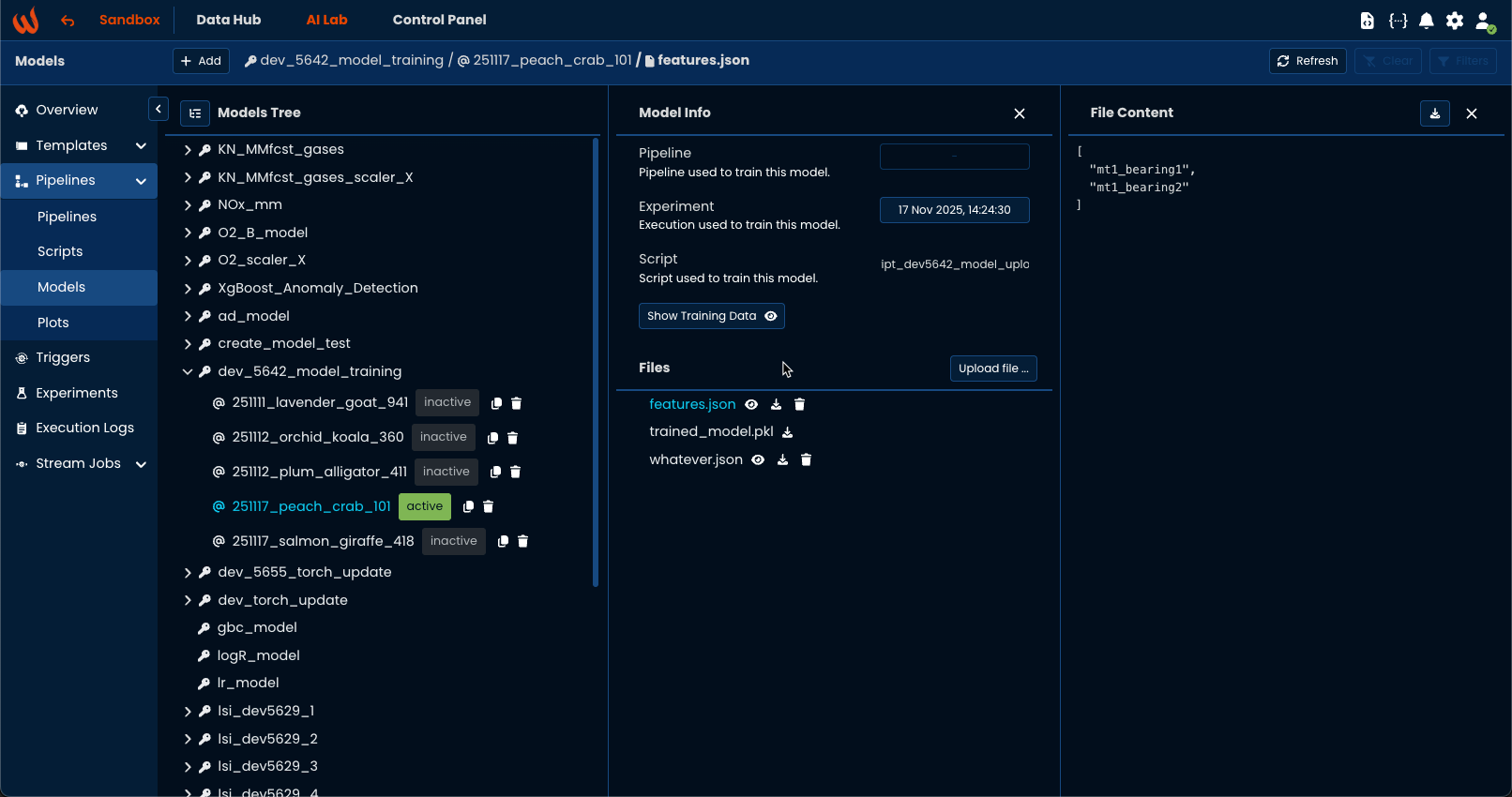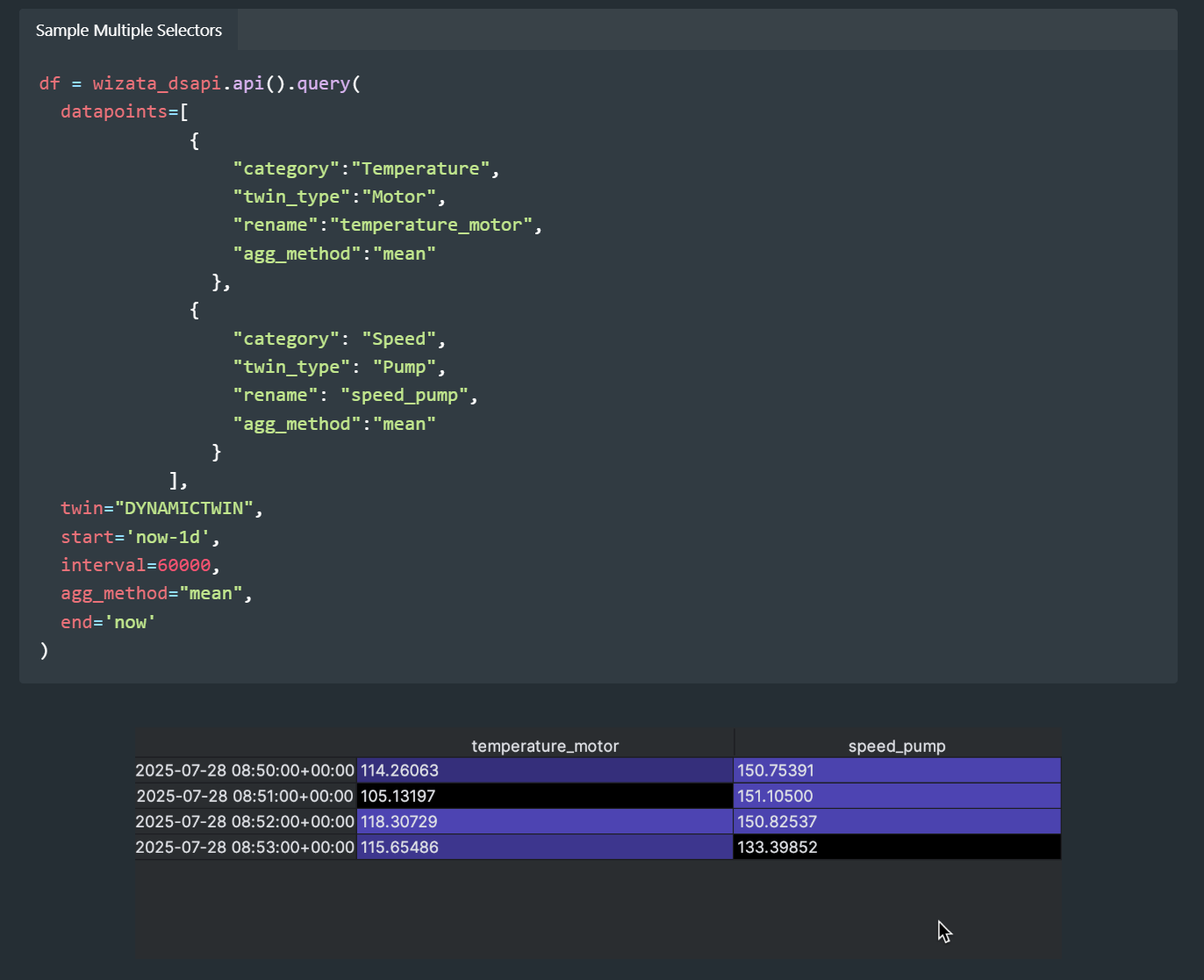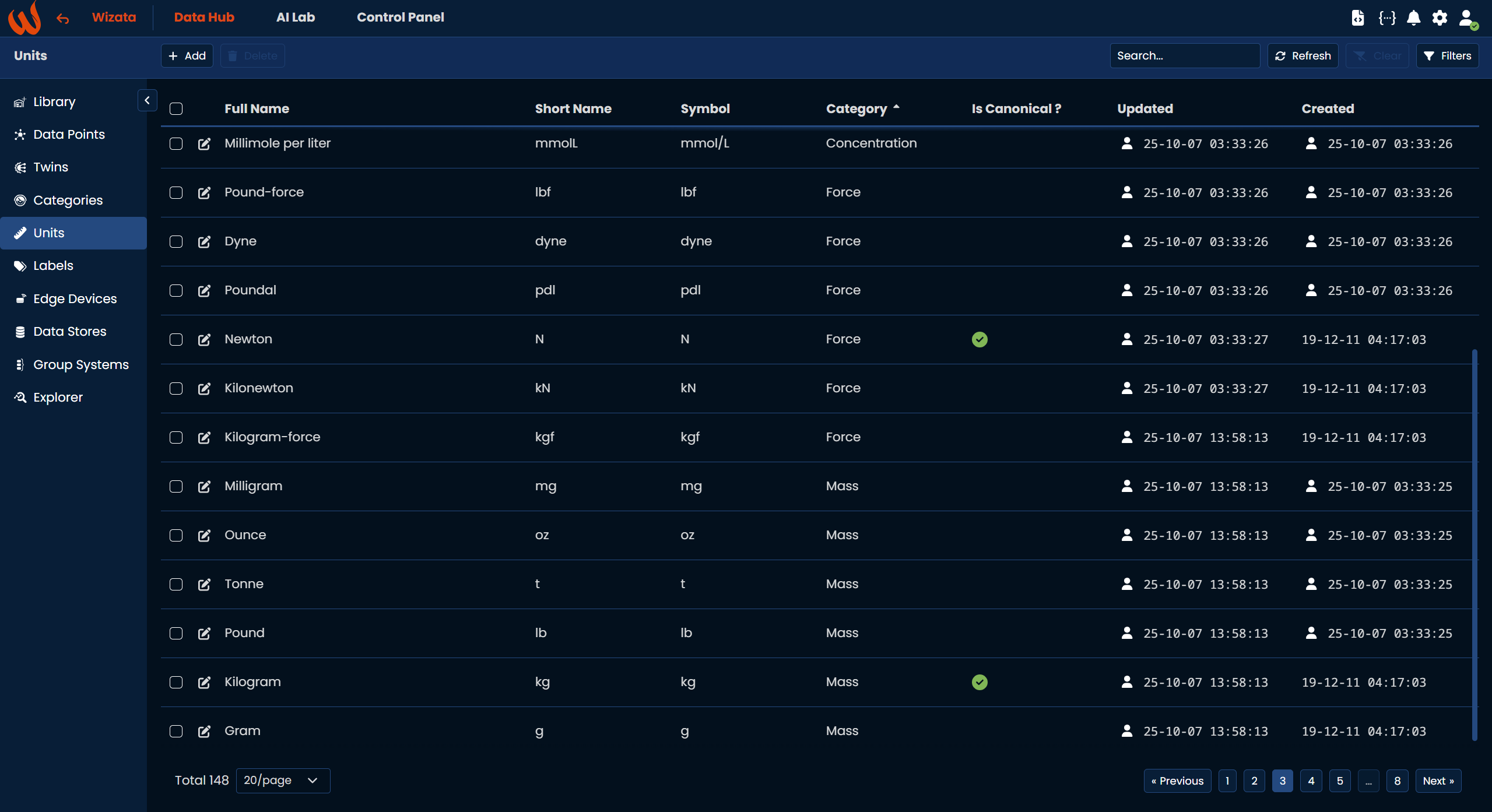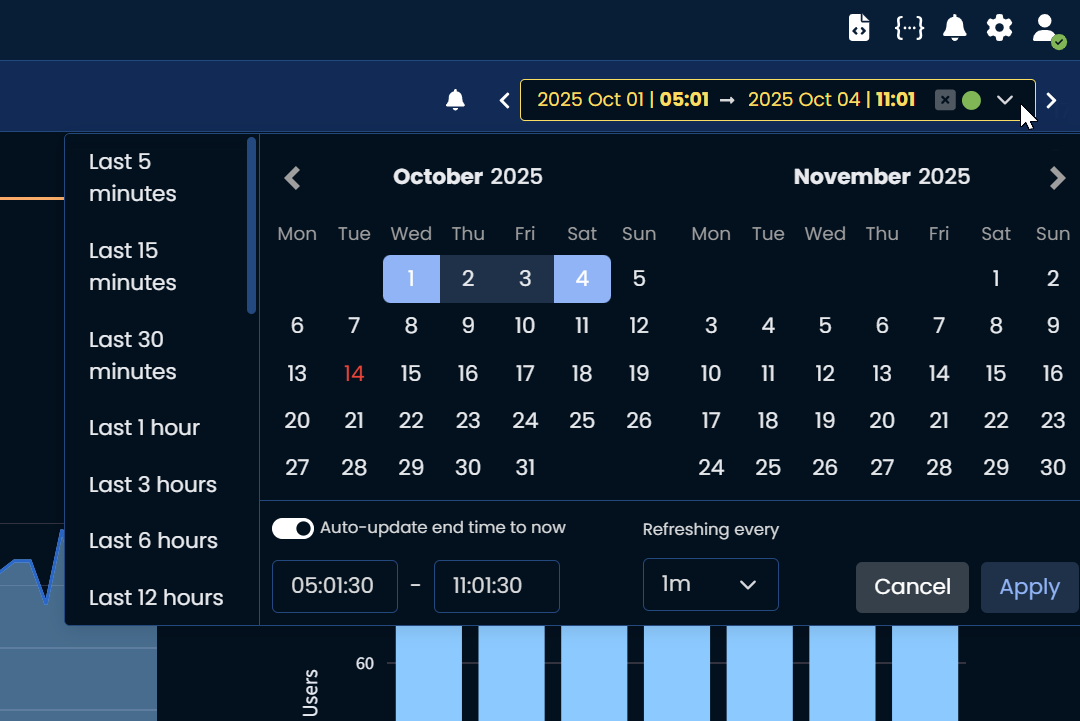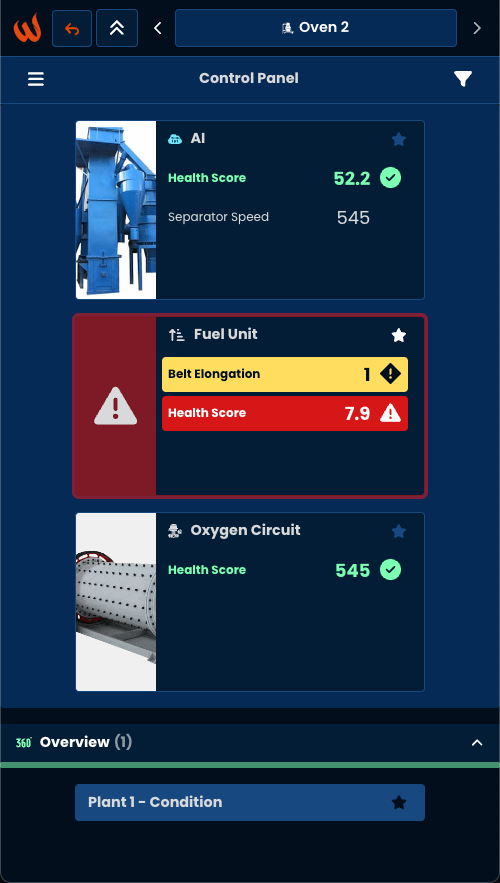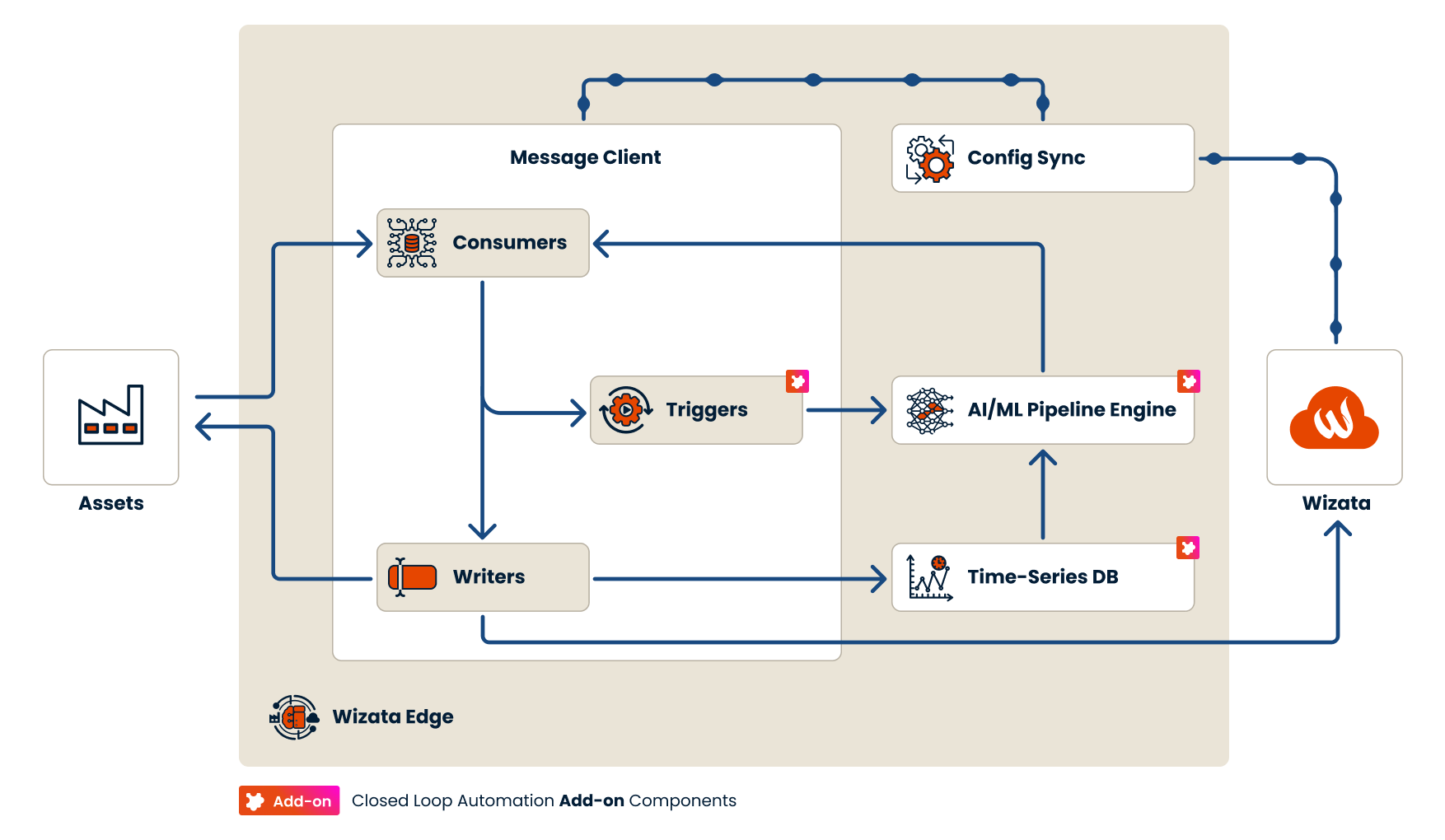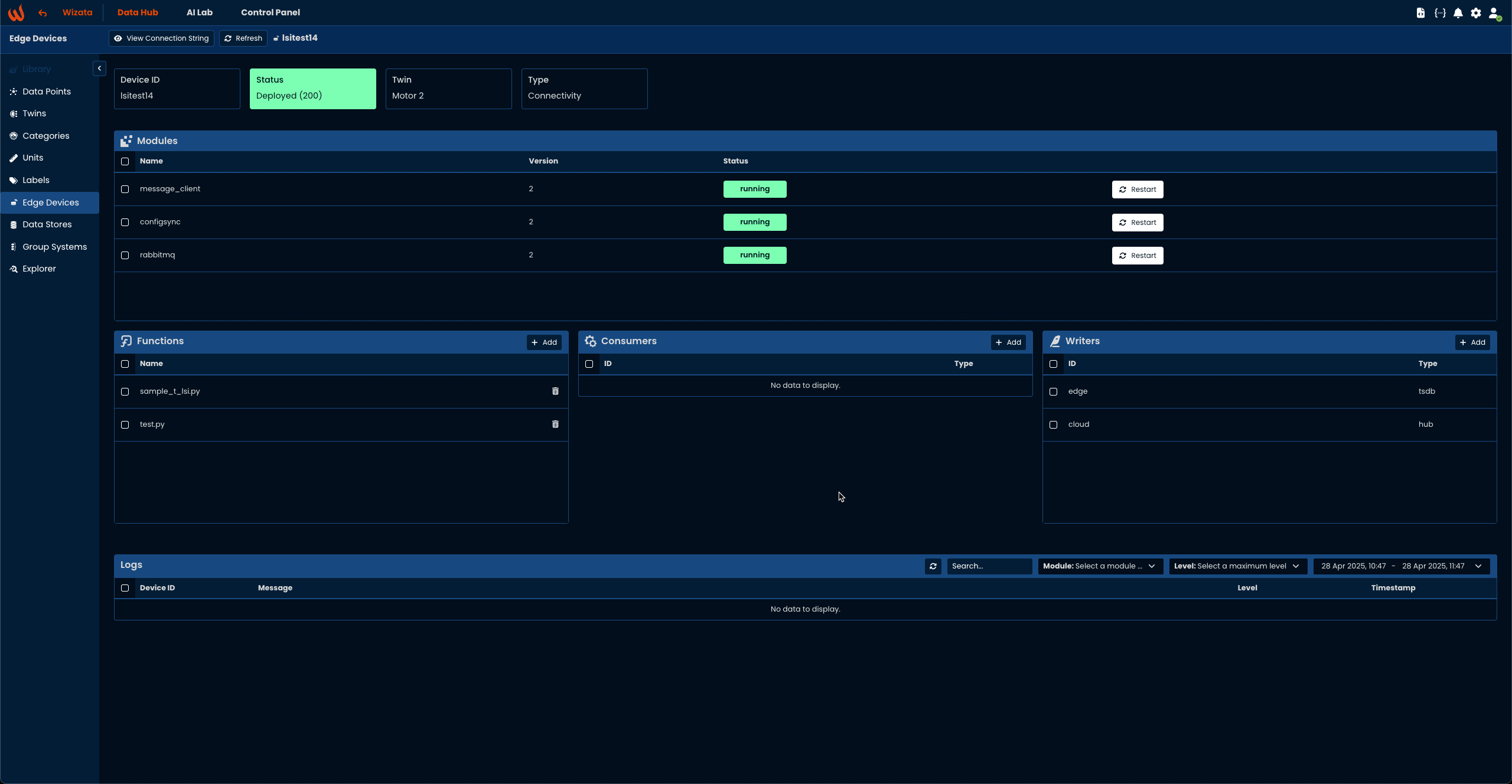Within our brand new release 11.3 we have added the capability to have multiple pipeline engine with different python versions.
By default, Wizata was supporting Python 3.9 and will now be based by default on Python 3.12. Additionnally special builds with python version 3.11 are also possible.
Check your versions
To check versions currently deployed within your environment navigate to AI Lab and check the runners versions:
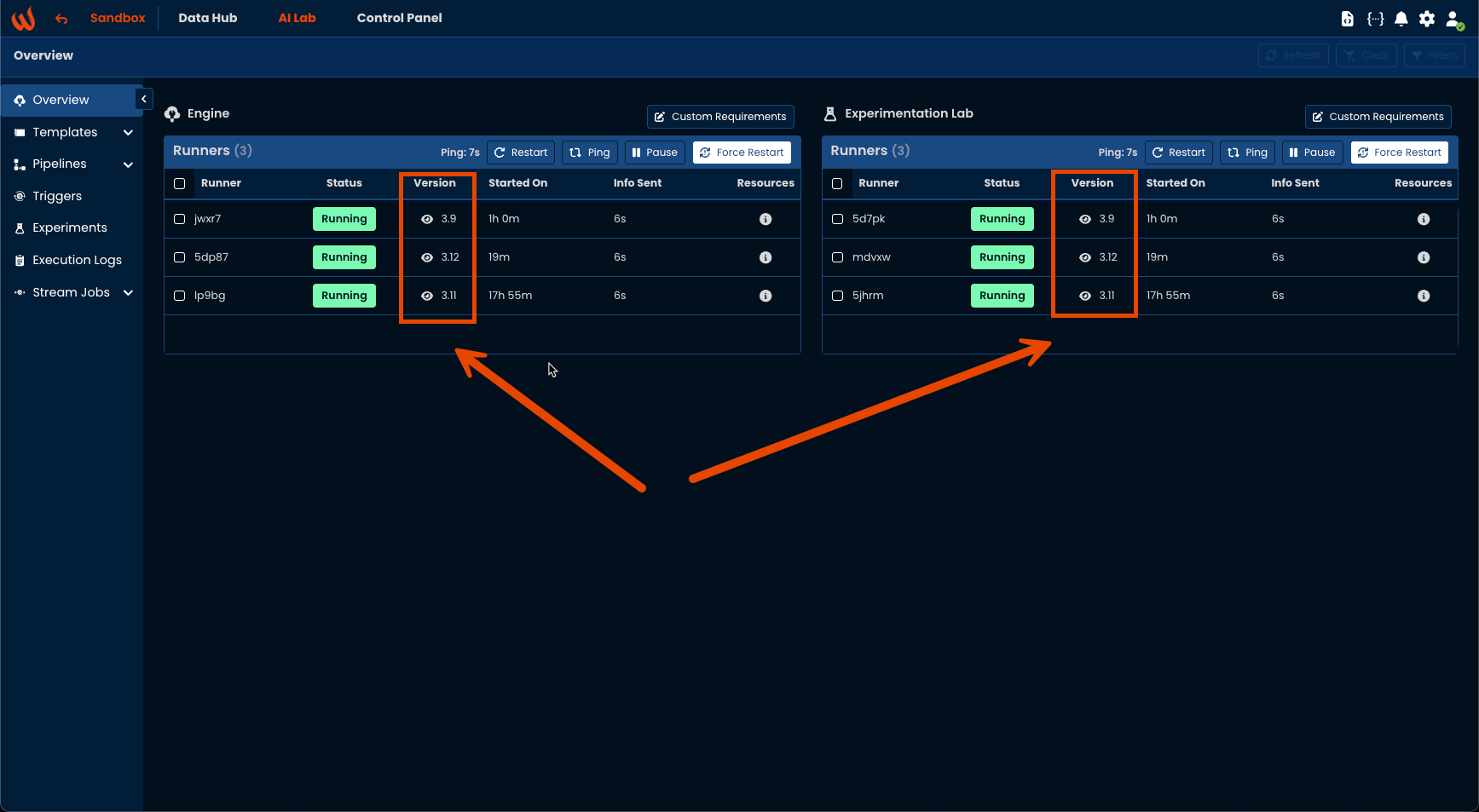
If you need other Python versions deployed in your environment please contact our team.
Choose your version - Triggers & API
When using the API, make sure you use a Python version identical to the one of the runners you want to use or you can set manually on an execution the desired version (i.e. execution.version = "3.12" )
Within a trigger or an experiment on UI, you can now select a version. If no version selected, the system will use the default version (3.9 for environment pre-existing 11.3 and 3.12 for newly environment)
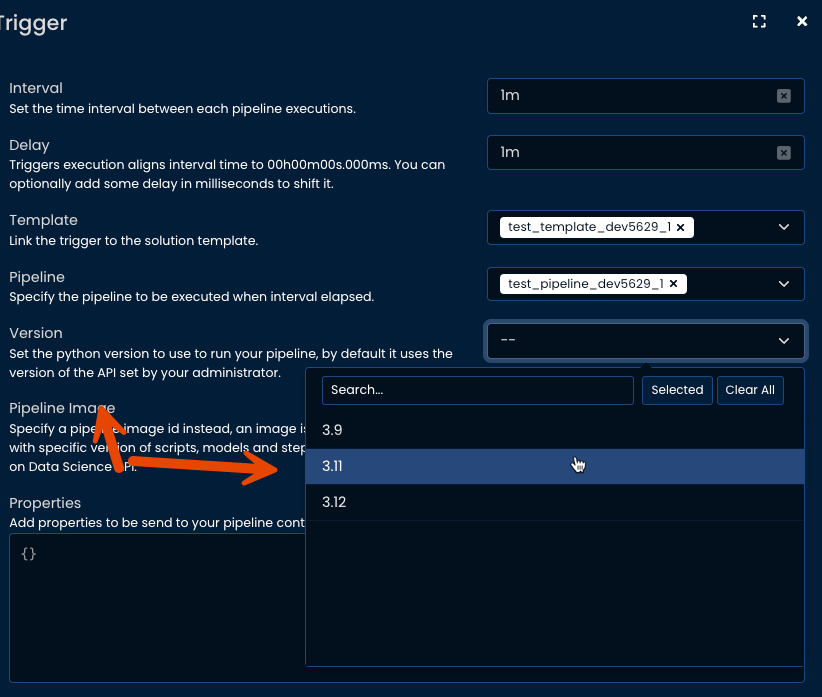
Update your solutions
If you have multiple versions, and you would like to update your solution pipelines and scripts, please follow this tutorial Upgrade your solution Python version
